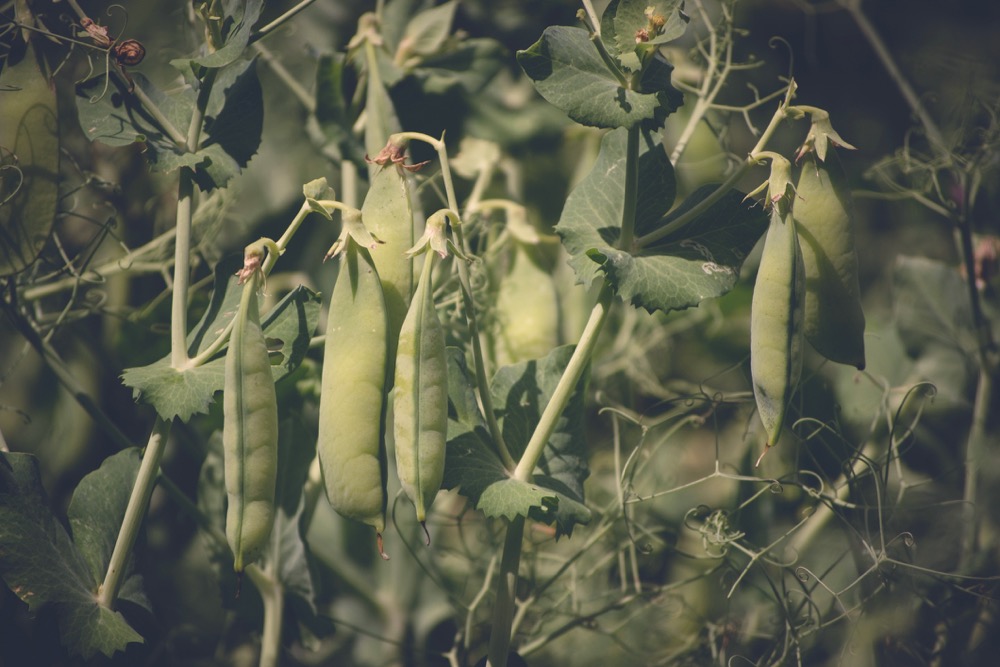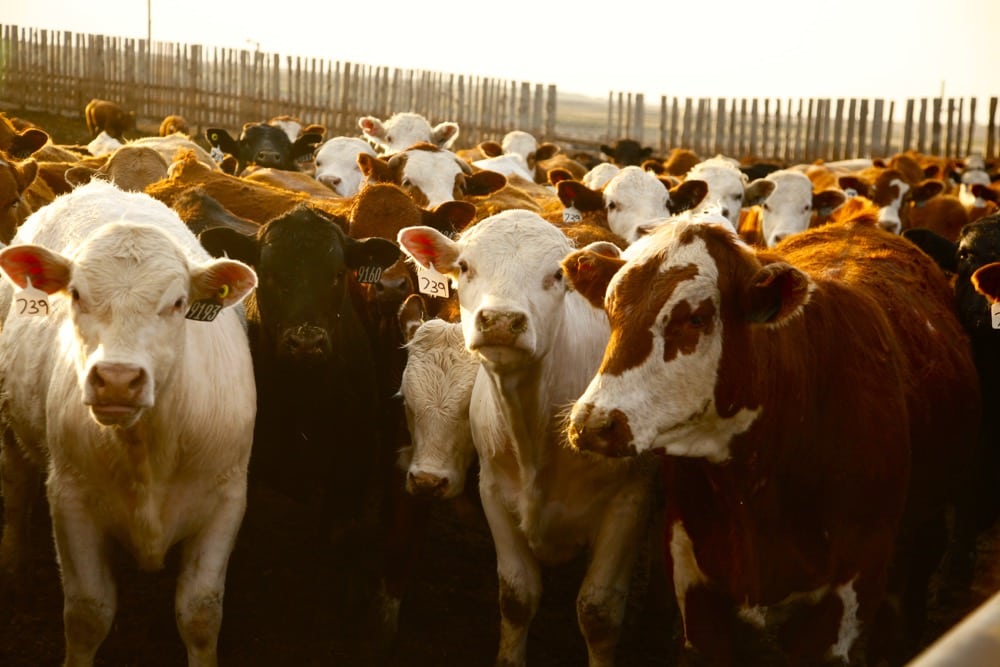Compared to last week, western Canadian yearling prices were relatively unchanged; however, calves weighing 500 to 700 lbs. were $2-$4 lower. Featherlight bawlers under 500 lbs. were down $6-$8 from seven days earlier. Strong feedlot buying interest supported quality groups of yearlings.
Feed barley prices were down $5-$10 per tonne from last week while the deferred live cattle futures continue to trade near contract highs. The Canadian dollar experienced minor strength but was still down about two U.S. cents from the May highs. All these factors contributed to the firm tone for the heavier weight categories. Small groups of two to four head were common last week and late-blooming single stragglers were discounted accordingly. Decent yearlings straight off grass, in groups of seven to eight head or more, traded at a $2-$4 premium to average values. Alberta packers were buying fed cattle at $273 on a dressed basis last week, down $2 from seven days earlier. Feeding margins remain in positive territory.
Read Also

Pulse Weekly: Yields coming into focus
Provincial agricultural departments are reporting pulse yields higher than Statistics Canada’s September estimates.
A small group of fully vaccinated mixed steers straight off grass weighing 810 lbs. reached up to $202 in central Alberta; Hereford-blended heifers on pasture diet with full health records averaging 850 lbs. dropped the gavel at $179 in the same region. In southern Alberta, larger-frame thin Simmental-based 930-lb. vaccinated steers were valued at $189 landed in the feedlot. Angus-based heifers averaging 875 lbs. were valued at $175 in the Lethbridge area.
Drier conditions across the Prairies are weighing on calf markets. In central Alberta, mixed vaccinated semi-weaned mixed steers averaging 650 lbs. were valued at $221 and 600-lb. similar-quality heifers were quoted at $192. South of Edmonton, black steers weighing just over 400 lbs. were quoted at $229; mixed heifers weighing 450 lbs. were reported at $215. In central Saskatchewan, tan mixed steers weighing just over 500 lbs. touched $240 and similar-quality heifers averaging 520 lbs. were quoted at $210. The market was quite variable and buying motivation was hard to describe. After some dismal activity there would be spurts of interest.
Current pasture and forage conditions suggest yearlings and calves will come on the market 30 to 60 days sooner than normal. This could result in lower calf prices during August. Backgrounding operators need to step forward and buy these calves. This is a good opportunity to secure ownership at decent values. Drier conditions are rapidly expanding and there is no major rain event in the seven- to 10-day forecast.
— Jerry Klassen manages the Canadian office of Swiss-based grain trader GAP SA Grains and Produits Ltd. and is president and founder of Resilient Capital, specializing in proprietary commodity futures trading and market analysis. Jerry consults with feedlots on risk management and writes a weekly cattle market commentary. He can be reached at 204-504-8339 or via his website at ResilCapital.com.















